JLR's Formula E Learnings Will Trickle Down to Production Electric Cars

Jaguar picked up a few big awards this week at the New York Auto Show with its I-Pace EV crossover, which won the World Car of the Year Award, Green Car of the Year Award, and the World Design of the Year Award.
That’s an impressive amount of success for Jaguar’s first full EV, and the automaker is planning to have some kind of electrification in every new model they build, including the Land Rover lineup. We learned that the brand new Range Rover Evoque will sport a 48-volt mild hybrid system, which will join the new plug-in versions of the full-size Range Rover and Range Rover Sport.
See Also: 2020 Range Rover Evoque Review
When asked about the lessons learned from the design and development process of JLR’s first full EV, Dave Larsen, the Product and Launch Planning Director explained that Formula e was a big part of the success.
“What we’re learning on the race track is battery management,” he said. “It really comes down to battery management and power management. That’s where you’ll get your improved efficiency and range.”
He adds that range is what’s most important to customers. The I-Pace offers 234 miles of range, which isn’t class-leading, but still pretty solid. The automaker is heavily involved in Formula e, the open-wheel racing series that uses full electric race cars, and even has a support spec racing series with the I-Pace eTROPHY. This is a special race consisting only of race-ready Jaguar I-Paces.
See Also: 2019 Jaguar I-Pace Review
“We’re taking what we’re learning on the race track and integrating that into the I-Pace and the Range Rover products,” he says.
Most of the time, automakers test their cars in extreme conditions like taking them to the Arctic Circle or out to Death Valley, for example, but Larsen explained that racing helps them learn even more about temperature management and how that affects the power and range.
“I like to think that we’re pushing the cars [and the technology] to the absolute limit on the race track, while when we’re testing cars on public roads, we a bunch of safety and speed regulations to abide by,” he said. “We still do hot and cold testing cycles out in the real world, but we pick up so much more information on the race track.”
The Jaguar racing team is entering its third year in Formula e and they just earned their first race win ever this past weekend in Rome, adding one more award to the trophy case.

Sami has an unquenchable thirst for car knowledge and has been at AutoGuide for the past six years. He has a degree in journalism and media studies from the University of Guelph-Humber in Toronto and has won multiple journalism awards from the Automotive Journalist Association of Canada. Sami is also on the jury for the World Car Awards.
More by Sami Haj-Assaad



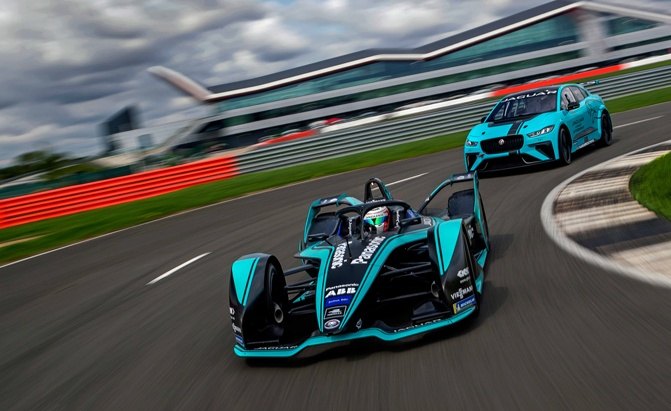












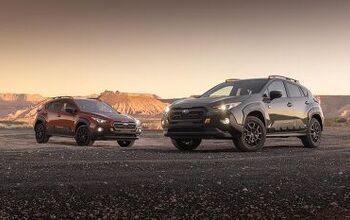

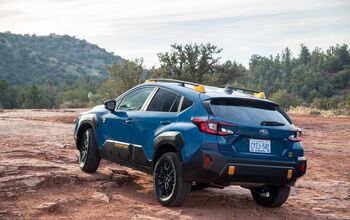


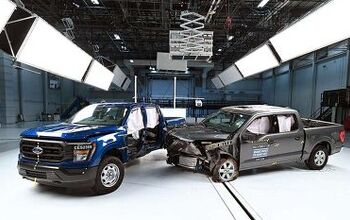
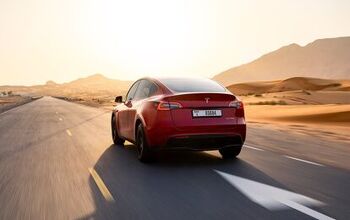



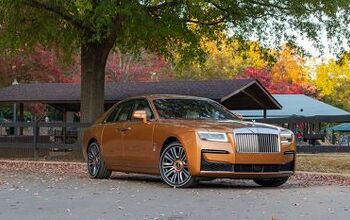

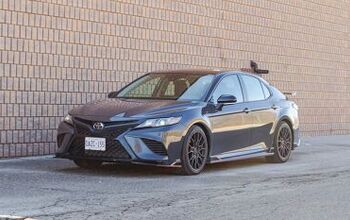


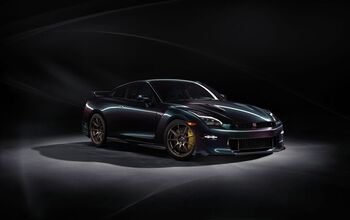
Comments
Join the conversation